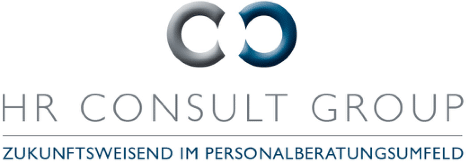Working as a headhunter is a challenging and dynamic job that requires a high level of expertise, interpersonal skills and commitment. This article takes a detailed look at a typical working day for a headhunter and the demands of this exciting profession.
A typical working day as a headhunter
A typical working day as a headhunter includes planning and organizing, sourcing and approaching candidates, conducting interviews and assessment meetings, mediating between candidates and client companies, as well as administrative tasks such as documentation and reporting. The work requires specialist knowledge, interpersonal skills and commitment to identify and recruit qualified candidates for management positions.
Requirements of a headhunter
As a headhunter, expertise in human resources and various industries, excellent interpersonal skills, persuasiveness and negotiation skills are crucial. Flexibility, organizational skills and the ability to work under pressure are just as important as a willingness to be proactive and build long-term relationships. An understanding of the needs of client companies and candidates, coupled with a high degree of discretion and ethics, round off the job profile.
Creating job descriptions for headhunters: A guide
Understand the requirements: Before starting to write the job description, it is important to fully understand the requirements of the client company. This includes information about the position, company culture, industry knowledge and the specific qualifications the ideal candidate should have.
Identify the target group: Based on the client's requirements, it is important to identify the target group for the job description. These can be potential candidates with specific expertise, experience and qualifications that are relevant to the vacant position.
Define the structure: The job description should provide a clear and structured presentation of the position and its requirements. This typically includes sections such as a brief description of the company and the position, duties and responsibilities, qualifications and experience requirements and application information.
Highlight key qualifications: An important part of the job description is to highlight the key skills and requirements that the ideal candidate should bring to the table. These can be technical skills, industry knowledge, experience in certain areas of responsibility or soft skills such as communication skills, teamwork and problem-solving skills.
Emphasize attractiveness: To appeal to potential candidates, it is important to emphasize the attractiveness of the position and the company. This can be done by presenting development opportunities, corporate culture, benefits and working conditions.
Use clear language: The job description should be written in clear and concise language to avoid misunderstandings and effectively address potential candidates. Technical terms should be explained and unnecessary jargon avoided.
Obtain feedback: Before finalizing the job description, it is advisable to obtain feedback from internal stakeholders such as the client company or other members of the headhunter team. This helps to ensure that all relevant information is included and that the job description meets the requirements.
Updating and adapting: Job descriptions should be regularly updated and adapted to the changing requirements of the customer and the labor market. This makes it possible to ensure that job descriptions always remain up-to-date and relevant.
Conclusion
The job as a headhunter requires a wide range of skills and qualifications, including industry knowledge, interpersonal skills, negotiation skills and organizational talent. The ability to work in a dynamic and competitive environment and a passion for HR work are also crucial to success in this career field. Overall, headhunting offers an exciting and challenging career opportunity for talented professionals who enjoy working in a dynamic environment and want to make a significant contribution to filling key management positions in companies.




